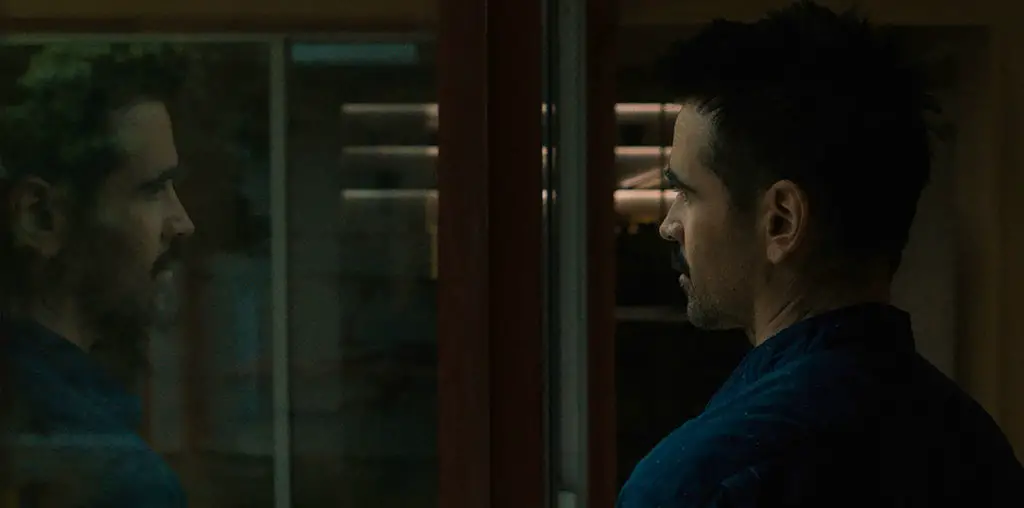
Without the sideshow that goes on around it at midnight shows every weekend across the country, would Jim Sharman’s 1975 screen version of Richard O’Brien’s stage musical have the inexplicably rabid following it has today? When stripped down to the bare essentials in a viewing at home, the answer is a resounding no. I’m betting most RHPS fans have never really watched the film, they being distracted by the parade of guys in fishnets and flying toast. If they were to sit down and give the actual movie a good luck, those that haven’t been brainwashed too severely by the in-theatre antics are likely to be horrified that they have been partaking in a celebration of one of the most putrid films ever made. Who knows what convinced Sharman that Susan Sarandon and Barry Bostwick could carry a tune, for they display little-to-no singing ability as Brad and Janet, the hapless milquetoast engaged couple who stumble upon the lair of alien transvestite Dr. Frank-N-Furter (Tim Curry), a mad scientist putting the finishing touches on his greatest creation: a “perfect” specimen of maleness known as Rocky Horror (Peter Hinwood). The repressed duo predictably lose their innocence as the cast, all decked out in flamboyant costumes, belt out crummy tunes (often crummily) and do ridiculous, rhythmless jigs (in all seriousness, does anyone think “the time warp” is a good dance?) during one long–very long–night. All the over-the-top-and-out-of-the-ballpark nonsense gives camp a bad name.
The lavish 25th anniversary two-disc set, produced by Fox DVD maestro David Britten Prior, is a monument of wasted effort. Disc one features the full feature in three versions: the U.S. release, the U.K. release (which includes a slightly expanded finale), and an easter egg which presents the film as originally intended in O’Brien and Sharman’s original script–in an homage to “The Wizard of Oz, the film was to be in black-and-white until “The Time Warp,” at which point the film becomes color. Needless to say, with about a half hour given a less clear picture, this hidden version plays much better than the others. O’Brien and co-star Patricia Quinn provide a mostly useless running commentary; while the two, especially Quinn, are chatterboxes, half the time they amuse themselves with unexplained inside jokes. I must admit that the features designed to replicate the theatrical experience are a nice touch. One has the option of watching the film with subtitles that prompt the viewer when to throw the rice, etc.; another overlays an audio track of an actual theatre audience over the film’s soundtrack to create a faux you-are-there feeling; and a third gives viewers the option to temporarily leave the film at certain junctures to watch video shot of an actual “RHPS” audience performing to the film.
Disc two houses a rather large assortment of supplements: two theatrical trailers (notice how Sarandon’s last name is misspelled in one), alternate takes, two deleted musical numbers; interviews with cast members taken from VH1; a couple of karaoke segments; and a documentary on the film taken from a previous laserdisc release. All of these extras are certain to satisfy the die hard “RHPS” fan, but for a casual viewer, it is lacking one crucial element: extensive background on how exactly the whole audience participation thing originated and developed. Maybe this was an intentional move, for without any information on how the film’s only significant element came about, the disc perpetuates the delusion that only the film itself was the reason for its longevity.
Specifications: 1.66:1 anamorphic widescreen; English 5.1 Surround; English mono; English and Spanish subtitles; English closed captioning.

